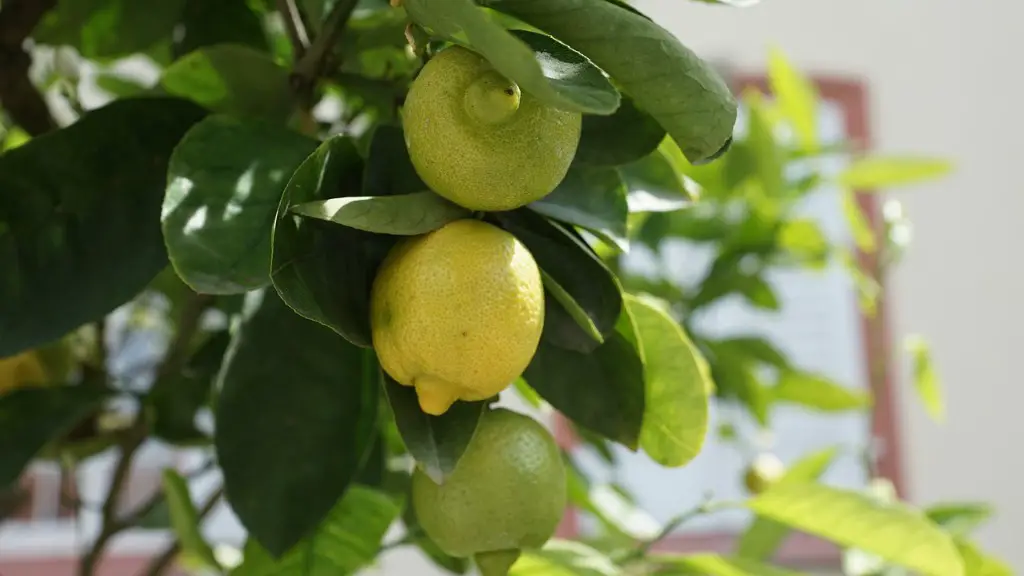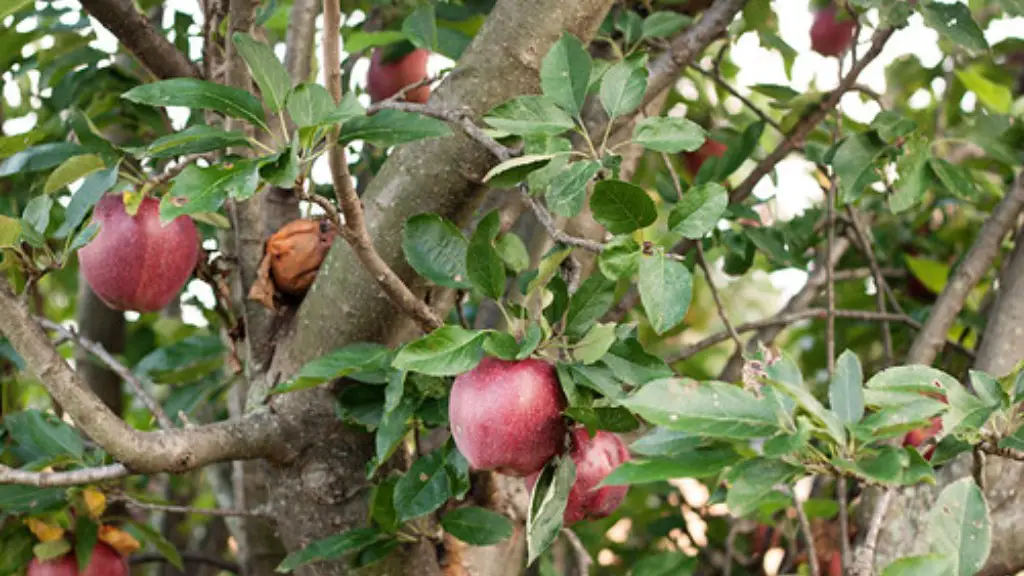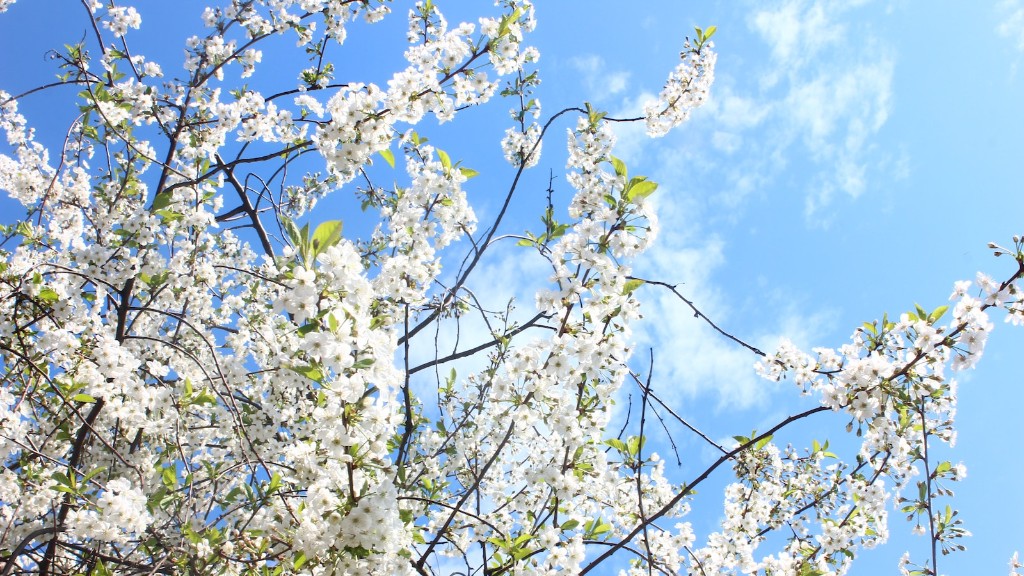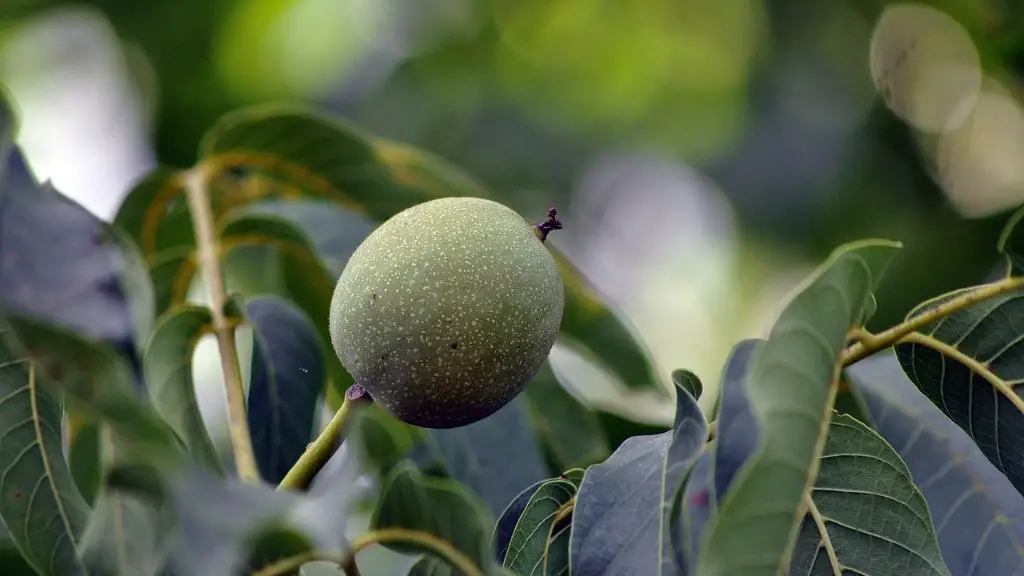A lemon tree can take anywhere from two to three years to start producing lemons. Once the tree gets to this stage, you can expect to harvest lemons for the next five to eight years, depending on several factors. As with any fruit-bearing tree, proper care is essential when it comes to lemon trees. Trees should be fertilized regularly, watered frequently, and pruned properly to ensure optimum growth and performance.
Besides the age and care of the tree, other factors will determine how long it takes for your lemon tree to produce lemons. Climate, geographic location, and whether a tree is grafted all play a role in how quickly a tree will bloom and set fruit. Temperatures that are too hot will prevent your tree from blooming, while temperatures that are too cold can kill it.
Lemon trees like sunlight, and being planted in an area that gets around eight hours of sunlight a day is ideal. Too much sunshine can work against the tree and cause it to overheat, while too little will inhibit growing. Soil type and nutrients can contribute to the time it takes for your lemon tree to produce lemons, as can humidity and wind conditions.
Maintenance is key to keeping your lemon tree healthy and free of disease, and regularly checking for signs of pests or disease is recommended. If disease develops or pests invade, treatment can be necessary in order to prevent the tree from dying or becoming too weak to produce fruit. If you’re looking to improve your yields, pollination techniques can also help.
Overall, with proper care and attention, a lemon tree can bear delicious fruit in no time. By taking care of the environmental factors that can help or hinder the growth and fruiting process, harvesting lemons from your own tree may be just a couple of years away.
Climate
Temperature and climate play an integral role in lemon tree growth and when and how much fruit your tree will produce. Depending on the climate, lemon trees can take anywhere from two to four years to produce their first crop of lemons. Generally, the milder and more humid the climate is, the quicker a lemon tree is likely to start bearing fruit, whereas hotter and drier climates are not as conducive to quick fruiting.
Unless you have a tropical climate, lemon trees need to be planted in an area that gets sunlight for eight to 10 hours each day and is shielded from strong warm winds. In some cases, it can take longer than four years for a tree to start bearing – even in the ideal climate – but with proper care, it should start fruiting in less than five years.
Your location’s climate should also be taken into account when selecting which variety of lemon tree to purchase. Generally, Meyer lemons are more tolerant of warmer climates, while Eureka lemons can withstand cold temperatures better. If you’re planting in a particularly warm climate, Lisbon or Villafranca lemons are preferable.
Check with your local nursery or garden center for the best lemon tree for your climate, and keep your tree protected once it’s planted, as cold temperatures can decrease flowering and fruit production.
It’s also important to check for the possibility of frost in your area. Lemons need to be protected from temperatures below 25°F. To protect your tree from frost, ensure it is planted in a location that is sheltered from cold winds, or wrap the trees with blankets or plastic prior to cold nights.
Fertilizer & Pruning
Lemon trees need to be properly fertilized and pruned if they are to produce an abundance of fruit. Fertilizing your tree can help to promote the growth of flowers and fruits, as well as enhance the overall health of the tree. Generally, lemon trees should be fertilized once every three to six months. To help promote flowering and fruit production, apply a fertilizer with a high phosphorous content.
Pruning can also help to speed up the process of producing fruit. Cut away any weak or dead limbs, as well as shoots and branches that are too close together or are growing inward or downward. This will help to improve the airflow and to open up the area for direct sunlight to reach the interior of the tree. Pruning should be done each year in late winter or early spring.
You can also remove any fruits that appear before blooming starts or up to 10-14 days before the expected harvest time. This is to ensure that the nutrients from your tree are going towards trees that are ready to bloom and bear fruit, as opposed to immature fruits that will not ripen. While this isn’t necessary if your tree is growing well, it may help to speed up the process of harvesting.
Maintaining your tree and applying fertilizer and pruning regimens properly can help to speed up the process of bearing fruit, while also ensuring a much larger and more varied yield.
Water
As with any fruit-bearing tree, water plays an important role in ensuring that the tree is healthy enough to produce. Depending on the size of your tree and the climate you’re in, it should be watered anywhere from two to four times a week. However, it’s important to check the soil regularly to ensure that your tree is getting the right amount of water.
If the soil feels dry, the tree needs more water. In warmer climates or during the summer months, your tree may need to be watered up to five or six times a week. On the other hand, if the soil feels wet or soggy, then the tree has been over-watered and the excess water should be drained away.
To help maintain moisture levels in the soil, consider adding a layer of mulch around your lemon tree every couple of months. This helps to keep the soil cool and moist, while also reducing water evaporation. Also, make sure that your tree is never in standing water, as this can cause root rot and hinder its growth.
It’s important to remember that too much or too little water can both be damaging to your lemon tree, as it needs to maintain a balance of both in order to stay healthy and produce fruit.
Pollination
If you’re looking to increase your yields, pollination techniques can help to produce a larger crop. Lemon trees are self-fertile, meaning they don’t need to rely on other trees to pollinate and still be able to bear fruit. However, if your tree isn’t producing as much as you had hoped, a pollination technique may be just what it needs.
One way to improve pollination is to use a feather or a soft brush and gently tap the blossoms. Doing this releases pollen onto the stigmas, which increases the likelihood of setting fruit. You can also hand-pollinate your lemon tree by transferring pollen from one flower to another.
Some growers prefer to use manual pollination methods such as electric toothbrushes or bee-like buzzing machines, which rapidly vibrate the blossoms and cause the pollen to be released. Doing this every three days during bloom can help to improve the number of fruits that your tree produces.
Regardless of the pollination technique you choose, don’t forget to prune off any fruits that set too soon, as this will help to divert the nutrients and energy to fruits that have a higher chance of maturing.
Harvesting & Storing
Once you start to see your lemon tree full of ripe lemons, you can start to harvest. For best results, wait until the lemons are turning yellow before picking them. To remove the lemon from the limb, cut the stem instead of pulling it off, as this can cause damage to the branch.
When it comes to storing the lemons, you can either keep them at room temperature or in the fridge, depending on how quickly you plan to use them. Room temperature lemons will last for up to two weeks, whereas refrigerated lemons can last for up to four weeks.
If you are unable to consume the entire batch of lemons within this time frame, don’t worry – there’s still a way to preserve them. You can freeze the lemons whole, or freeze the juice and zest separately. Frozen lemons can last up to six months, while frozen juice and zest can last up to a year.
With good care and the right techniques, you can enjoy delicious lemons from your own lemon tree for months or even years.




